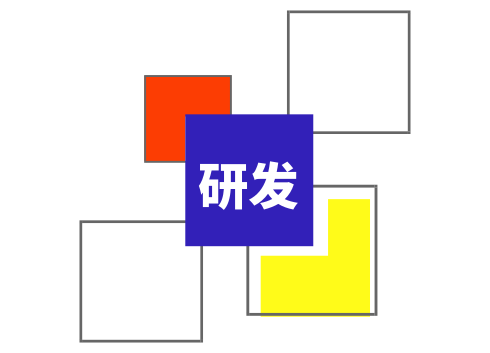[ Instrument Network Instrument Development ] The National Key Research and Development Program, which is led by the China Institute of Metrology, is responsible for the development of the major scientific equipment and equipment for the development of large-scale high-current measuring instruments. After nearly three years of efforts, it has developed a large fiber-optic broadband. The current-made broadband high-current measuring instrument with current sensor and wide-band high-precision electromagnetic standard current sensor has broken through many key technologies from core components/components to system integration. Recently, the project passed the mid-term inspection organized by the High Technology Center of the Ministry of Science and Technology.

Broadband high current measuring instruments are widely used in metallurgy, electric power and major scientific research fields. The optical fiber broadband high current measuring instrument mainly solves the high-precision measurement problem of DC and power frequency super large current. Starting from the breakthrough and performance improvement of core optical devices, the project team proposed a panda-type elliptical birefringence current sensing fiber technology based on PCVD technology, breaking through the core technologies and key processes such as parameter design, preform preparation, and online rotary drawing. The international technology monopoly solves the bottleneck problem that restricts the localization of fiber-optic current sensors; the wide-band high-precision electromagnetic standard current sensor mainly solves the measurement problems of power frequency, harmonics, high-frequency and high-current, as a high-accuracy measurement standard, supporting development The broadband vector power analyzer and the high-stability high-power power supply form a wide-band current sensor calibration analysis system to provide metering support for the calibration of industrial current sensors. At present, it has broken through the magnetic and capacitive error mechanism and compensation of high-frequency current sensor, high-frequency current sensor modeling and distributed resistance, high-frequency current sensor calibration, broadband vector power measurement and analysis, and many other key technologies. Wideband standard current sensor and calibration system for different ranges and different frequency bands. On the basis of the breakthrough of core device/component performance, through the optimization of system integration, the successful localized high-precision fiber-optic broadband high-current measuring instrument was developed.
The next step of the project will focus on the engineering and industrialization of high-performance broadband high-current measuring instruments, forming mass production capacity, and deepening the problem of broadband high-current metering, calibration and traceability in industrial, security and major scientific research fields, and upgrading China's high-end Scientific equipment's independent equipment capability provides measurement support for energy conservation and emission reduction, high-voltage direct current transmission, smart grid, and frontier research of large scientific equipment.
(Original title: High-precision fiber-optic broadband high-current measuring instrument to achieve localization)
Sand Casting, also known as sand molded casting, is a metal casting process characterized by using sand as Sand casting, The term "sand casting" can also refer to an object produced via the sand casting process. Sand castings are produced in specialized factories called foundries. Over 70% of all metal castings are produced via a sand casting process.
Sand casting is relatively cheap and
sufficiently refractory even for steel foundry use. In addition to the sand, a
suitable bonding agent (usually clay) is mixed or occurs with the sand. The
mixture is moistened, typically with water, but sometimes with other
substances, to develop strength and plasticity of the clay and to make the
aggregate suitable for molding. The sand is typically contained in a system of
frames or mold boxes known as a flask. The mold cavities and gate system are
created by compacting the sand around models, or patterns, or carved directly
into the sand.
Basic process
There are six steps in this process:
1.Place a pattern in sand to create a mold.
2.Incorporate the pattern and sand in a gating
system.
3.Remove the pattern.
4.Fill the mold cavity with molten metal.
5.Allow the metal to cool.
6.Break away the sand mold and remove the
casting.
Sand Casting
Gray Iron Castings,Ductile Iron Sand Castings,Customized Sand Castings,Precision Silica Sand Casting
A&M manufacturing co.Ltd , http://www.am-casting.com
